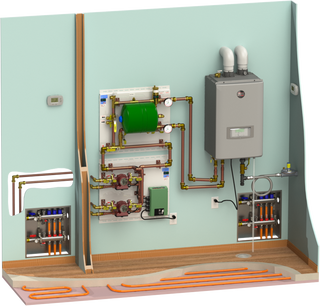Log in
We've sent you an email with a link to update your password.
Login
Reset your password
We will send you an email to reset your password.
Cart ($0.00 )
Tech Support 8:30 am - 5:00 pm:
763-331-3066
763-331-3066
-

-
Promoted products
- Home
- Boilers
- Panels
- Air Handlers
- Manifolds & Pex Supplies
- Thermostats
- Heating Supplies & Parts
- Plumbing Supplies
- System Components
- Circulator Pumps
- Tools
- Electric Floor Warming
- System Views
- Clearance Items
- Boilers
- Gas Boilers
- Electric Boilers
- Boiler Pro Panels
- Replacement Parts
- Venting for HS115Plus
- Condensing Boiler Add-Ons
- Replacement Parts
- HS115Plus Replacement Parts
- HS115 Replacement Parts
- HS120 Replacement Parts
- HS120Plus Replacement Parts
- HS170 Replacement Parts
- HS199 Replacement Parts
- Thermo 2000 Replacement Parts
- Hydro Shark Replacement Parts
- Burnham Replacement Parts
- Zoning Panels
- Zone by Pump - 1 Water Delivery Temp
- Zone by Pump - 2 Water Delivery Temps
- Zone by Valve - 1 Water Delivery Temp
- Zone by Valve - 2 Water Delivery Temps
- Manifolds & Pex Supplies
- Manifolds
- Manifold Replacement Parts
- Actuators
- Fittings
- Tubing Organizers
- Tubing & Tools
- Heating Supplies & Parts
- Mixing Valves
- Air Separators / Tees
- Temperature & Pressure Gauges
- Expansion Tanks
- Pressure Relief Valves
- Plate Heat Exchangers
- Buffer Tanks
We've sent you an email with a link to update your password.
Login
Reset your password
We will send you an email to reset your password.







